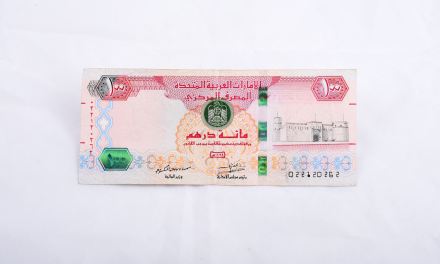The Governing Council of the European Central Bank (ECB) has announced it will start the digital euro preparation phase following conclusion of a two-year investigation into its design and distribution.
In a statement, the ECB said based on the findings from the investigation, it had designed a digital euro that could be used from person to person, at the point of sale, in e-commerce and in government transactions. No digital payment instrument currently offers all such features.
The preparation phase will start on November 1st and will initially last two years. It will involve finalising the digital euro rulebook and selecting providers that could develop a digital euro platform and infrastructure, the ECB said. It will also include testing to ensure it meets both the Eurosystem’s requirements and user needs in user experience, privacy, financial inclusion and environmental footprint.
The digital euro would function as a digital form of cash and could be used for all digital payments throughout the euro area. It would be distributed to citizens and businesses by supervised intermediaries, such as banks and would be accessible, free for basic use and available both online and offline.
After two years of the preparation phase, the Governing Council then must decide whether to move to the next stage of preparations, to pave the way for the possible future issuance and roll-out of a digital euro.
Christine Lagarde, President of the ECB said: “We need to prepare our currency for the future. We envisage a digital euro as a digital form of cash that can be used for all digital payments, free of charge, and that meets the highest privacy standards. It would coexist alongside physical cash, which will always be available, leaving no one behind.”
How would a digital euro be distributed?
Users could access digital euro services via their payment service provider’s proprietary app and online interface, or via a digital euro app provided by the Eurosystem.
According to the ECB, people without access to a bank account or digital devices would also be able topay with digital euro, for example by using a card provided by a public body such as a post office. Users would also be able to exchange digital euro for cash or vice versa at cash machines, it said.










